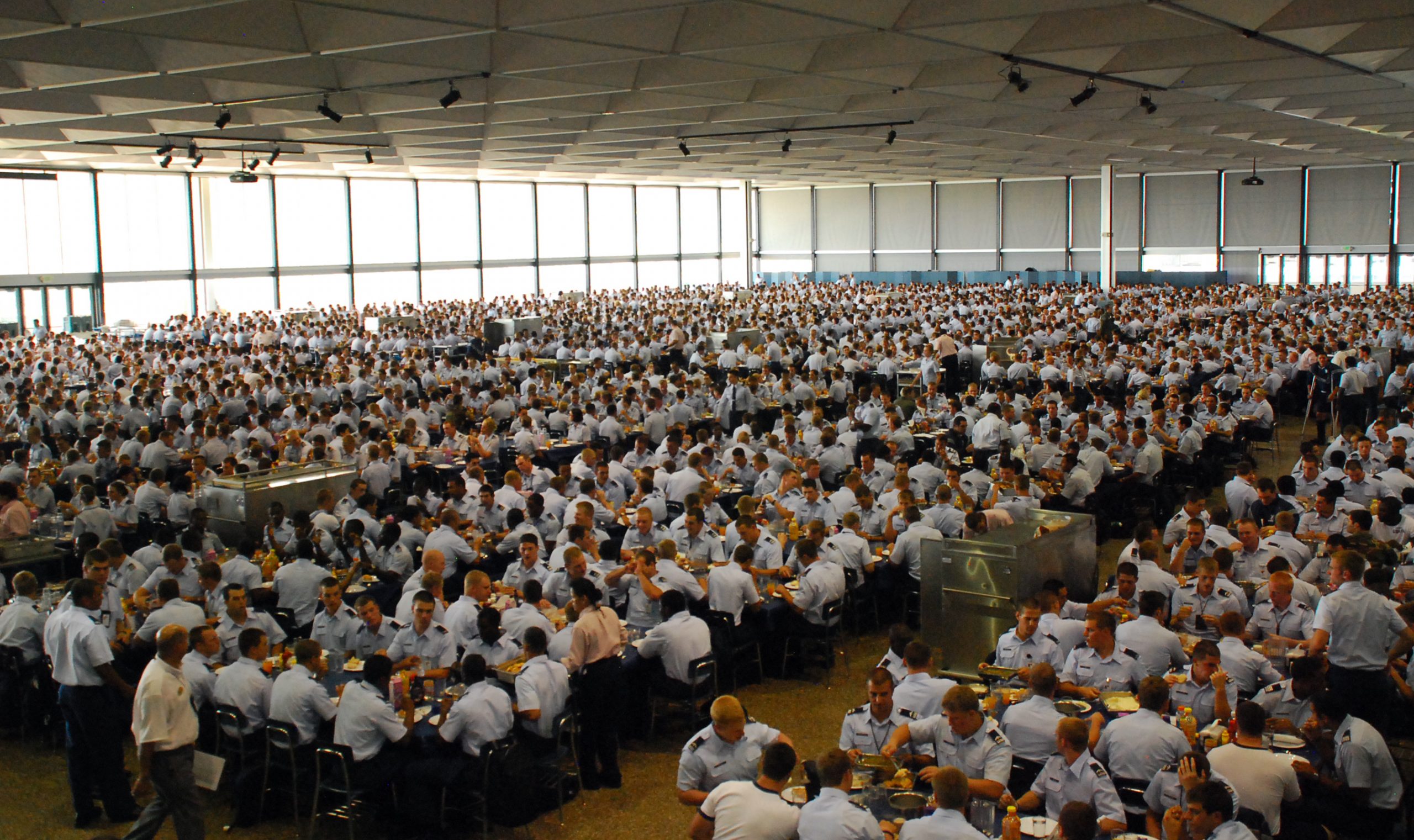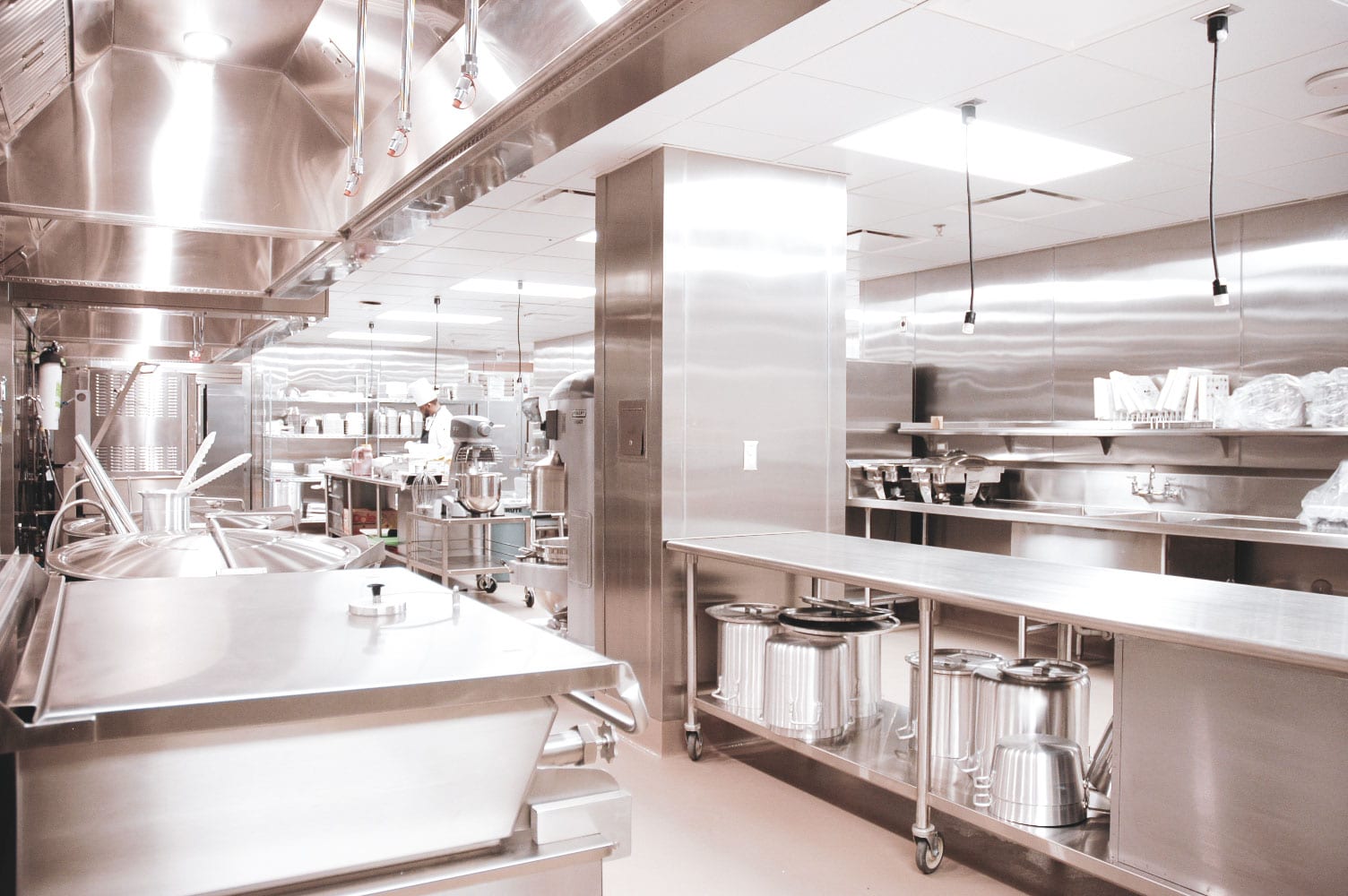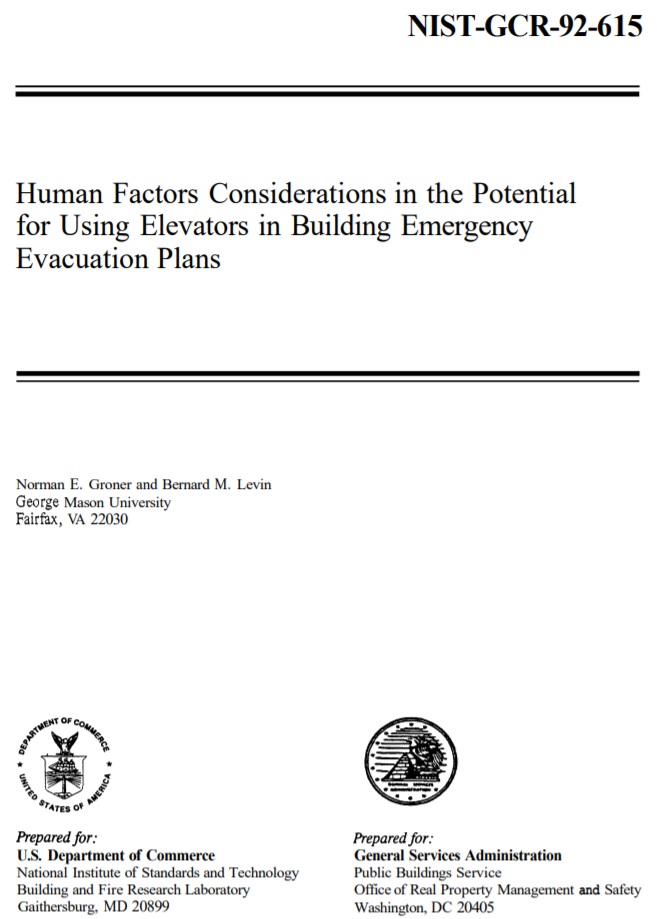Evensong “Skylark”
- Home Page 123

Kitchens 300
Commercial kitchens in school cafeterias and college dormitories are designed to meet strict health and safety standards, accommodate high-volume food production, and provide nutritious meals to students in an efficient and organized manner. Some common features:
- Industrial-grade cooking equipment: This may include commercial ovens, grills, ranges, fryers, steamers, and other specialized cooking equipment designed for high-volume cooking.
- Food preparation areas: These may include spacious prep tables, cutting boards, sinks, and other food preparation stations for washing, chopping, and assembling ingredients.
- Walk-in refrigerators and freezers: These are used for storing large quantities of perishable food items at appropriate temperatures to maintain freshness and safety.
- Food storage facilities: These may include shelves, racks, and cabinets for storing dry goods, canned goods, and other non-perishable food items.
- Dishwashing area: This may include commercial dishwashers capable of handling a large number of dishes and utensils efficiently.
- Serving stations: These may include counters, warming stations, and other facilities for serving food to students.
- Ventilation and exhaust systems: These are essential for maintaining a clean and safe kitchen environment by properly removing smoke, steam, and odors generated during cooking.
- Safety features: These may include fire suppression systems, emergency exits, and other safety measures to ensure compliance with local health and safety regulations.
Owing to the complexity of the domain, starting 2023 we will break down the standards for education community safety and sustainability into two separate colloquia:
Kitchens 100 will deal primarily safety — fire, shock hazard, sanitation, floors, etc.
Kitchens 300 will deal with sustainability criteria in large commercial kitchens common in school cafeterias, dormitories, sports venues and hospitals.
Owing to the complexity of the domain, starting 2023 we will break down the standards for education community safety and sustainability into two separate colloquia:
Kitchens 100 will deal primarily safety — fire, shock hazard, sanitation, floors, etc.
Kitchens 300 will deal with sustainability criteria in large commercial kitchens common in school cafeterias, dormitories, sports venues and hospitals.
Relevant catalogs:
3-A Sanitary Standards
AGA Response to The Atlantic Article about Natural Gas Cooking
ASHRAE International
Ventilation for Commercial Cooking Operations
ASTM International
Institute of Electrical and Electronic Engineers
Noteworthy Research:
Design Application of Smart Kitchen for Aging Based on Interactive Behavior Analysis
A Futuristic Kitchen Assistant – Powered by Artificial Intelligence and Robotics
Environmental analyses of waste cooking oil recycling and complete use practices in Bogor, Indonesia
IAPMO International
Prefabricated Gravity Grease Interceptors
International Code Council
International Building Code Sections 303 Commercial Kitchens
National Fire Protection Association
National Electrical Code
Standard for the Installation of Air-Conditioning and Ventilating Systems
The Association for Packaging and Processing Technologies
We will also review federal and state-level regulatory action. Open to everyone. Use the login credentials at the upper right of our home page.
Related:
Mitchell Hall
“What Wondrous Love”
The authorship of the hymn “What Wondrous Love Is This?” is unknown, and it is believed to be a traditional American folk hymn that emerged in the early 19th century. The hymn is sometimes attributed to American composer and music educator William Walker, who included it in his songbook “Southern Harmony” in 1835. It has become a beloved hymn in many Christian traditions, particularly during the season of Lent and Holy Week, as it helps worshippers reflect on the depth and meaning of Jesus Christ’s sacrifice.
History of Western Civilization Told Through the Acoustics of its Worship Spaces
Regenerative elevator drive energy saving benefits
Actual measurement on regenerative elevator drive and energy saving benefits
Kun-Yu Lin – Kuang-Yow Lian
Department of Electrical Engineering, National Taipei University of Technology, Taiwan
ABSTRACT. The present study focuses on the effect on power consumption and analysis of the amount of regenerative power that could be generated after the regenerative drives of elevators have been installed. The elevator regenerative drives transform gravitational potential energy into electrical energy by utilizing elevators’ operation characteristics and weight difference between carriage and counterweights. The regenerative power is then fed back into electrical grid of a building and afford other electrical equipment to achieve energy saving. This paper investigates the operating principle of elevators, describe the mechanism of regenerating power, distinguish the terminologies of the power saving rate and the regenerative energy ratio, and finally use a power analyzer to monitor the experimental data of an elevator before and after installing a regenerative power drive.
CLICK HERE to order complete article
New update alert! The 2022 update to the Trademark Assignment Dataset is now available online. Find 1.29 million trademark assignments, involving 2.28 million unique trademark properties issued by the USPTO between March 1952 and January 2023: https://t.co/njrDAbSpwB pic.twitter.com/GkAXrHoQ9T
— USPTO (@uspto) July 13, 2023
Standards Michigan Group, LLC
2723 South State Street | Suite 150
Ann Arbor, MI 48104 USA
888-746-3670























